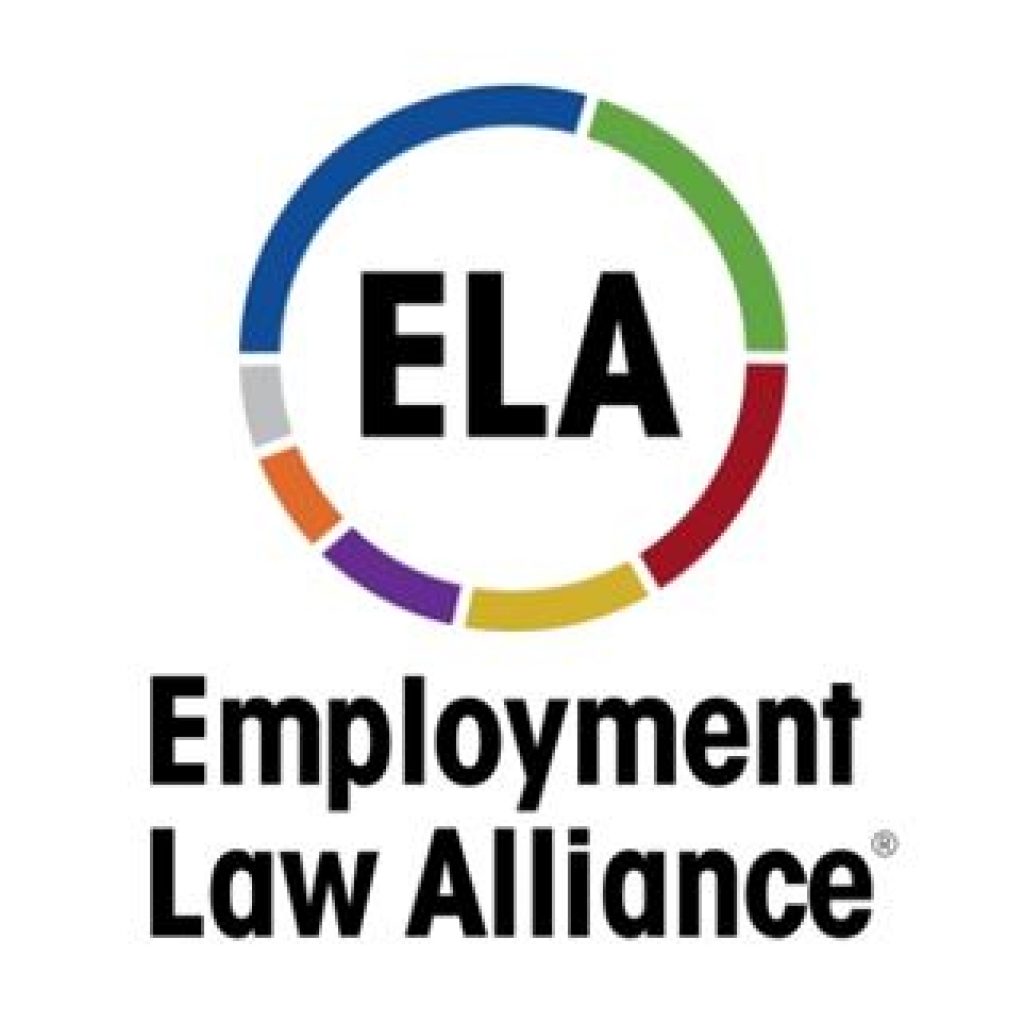DOL’s Proposed Rule Would Make It Easier to Achieve Independent Contractor Status
On September 22, 2020, the U.S. Department of Labor released a proposed Final Rule to provide guidance on the determination of whether a worker is an employee or an independent contractor under the Fair Labor Standards Act (FLSA). The proposed Rule would make findings of independent contractor status more likely, and it is almost certain to be challenged by worker advocates.
Background. A worker who is an independent contractor is generally not protected by employment laws, and companies are not required to provide them with employment benefits (including health insurance, leave, or retirement benefits) or pay employment taxes and contributions (including workers’ compensation and unemployment insurance). The misclassification of employees as independent contractors – enabling companies to avoid these obligations – has become a particularly hot area of employment litigation in recent years.
Adding to the confusion, the standard for the determination of independent contractor varies across laws, agencies, and courts at both the federal and state level. For example, as discussed in our January 2019 E-Update, the National Labor Relations Board, which has applied different tests over the years, currently utilizes a 10-factor common-law agency test that focuses on the worker’s entrepreneurial opportunity. This test also favors a finding of independent contractor status. In contrast, the U.S. Court of Appeals for the Fourth Circuit has articulated a very restrictive standard that makes independent contractor status under the FLSA more difficult to establish, as discussed in our January 2017 E-Update. At least with regard to the FLSA, the DOL’s proposed Rule is intended to bring some consistency to the analysis.
The Proposed Rule. According to the DOL, the proposed Rule would do the following:
- Adopt an “economic reality” test to determine a worker’s status as an FLSA employee or an independent contractor. The test considers whether a worker is in business for himself or herself (independent contractor) or is economically dependent on a putative employer for work (employee);
- Identify and explain two “core factors,” specifically: the nature and degree of the worker’s control over the work; and the worker’s opportunity for profit or loss based on initiative and/or investment. These factors help determine if a worker is economically dependent on someone else’s business or is in business for himself or herself;
- Identify three other factors that may serve as additional guideposts in the analysis including: the amount of skill required for the work; the degree of permanence of the working relationship between the worker and the putative employer; and whether the work is part of an integrated unit of production; and
- Advise that the actual practice is more relevant than what may be contractually or theoretically possible in determining whether a worker is an employee or an independent contractor.
With regard to the factor of “control,” the DOL provides examples of when an individual exhibits substantial control over the work, such as “setting his or her own work schedule, choosing assignments, working with little or no supervision, and being able to work for others, including a potential employer’s competitors.” In contrast, a potential employer would be found to exercise control through requirements “that the individual work exclusively for it during the working relationship or prohibiting the individual from working for others after that relationship ends.” The DOL further clarifies that “employer” control is not found through requiring an individual “to comply with specific legal obligations, satisfy health and safety standards, carry insurance, meet contractually agreed-upon deadlines or quality control standards, or satisfy other similar terms that are typical of contractual relationships between businesses.”
As to the factor of “the opportunity for profit or loss,” the DOL states that a finding of independent contractor status is more likely where the worker “has an opportunity for profit or loss based on either or both: (1) The exercise of personal initiative, including managerial skill or business acumen; and/or (2) the management of investments in, or capital expenditure on, for example, helpers, equipment, or material.” On the other hand, this factor would be weighted towards employee status “to the extent the individual is unable to affect his or her earnings through initiative or investment or is only able to do so by working more hours or more efficiently.”
The “amount of skill required” factor weighs in favor of independent contractor status “where the work at issue requires specialized training or skill that the potential employer does not provide.”
The “permanence of the working relationship” factor considers whether the relationship “is by design definite in duration or sporadic,” favoring independent contractor status, or “is by design indefinite in duration or continuous,” favoring employee status. The DOL notes that seasonal employment does not necessarily implicate independent contractor status, especially where the employment is permanent during the season and the employee has been employed for multiple seasons.
The “integrated unit” factor examines “whether the work was part of the integrated unit of production, with an emphasis that the factor is different from the concept of importance or centrality.” Analogizing the situation to a production line, the DOL states that employee status is favored “where a worker is a component of a potential employer’s integrated production process, whether for goods or services.” Independent contractor status, on the other hand, is favored “where an individual service provider is able to perform his or her duties without depending on the potential employer’s production process.”
The DOL also explains that where the two “core factors” identified above are aligned, they will generally drive the determination of the worker’s status, regardless of the other three factors. The other three factors will be determinative only where the two core factors point in different directions.
Next Steps. The DOL has set an expedited 30-day period for public comment on its proposed Rule, rather than the usual 60 days. Comments may be submitted here until October 26, 2020. Once the comment period has closed, the DOL will review the comment and may make revisions to the Rule before issuing the Final Rule.







